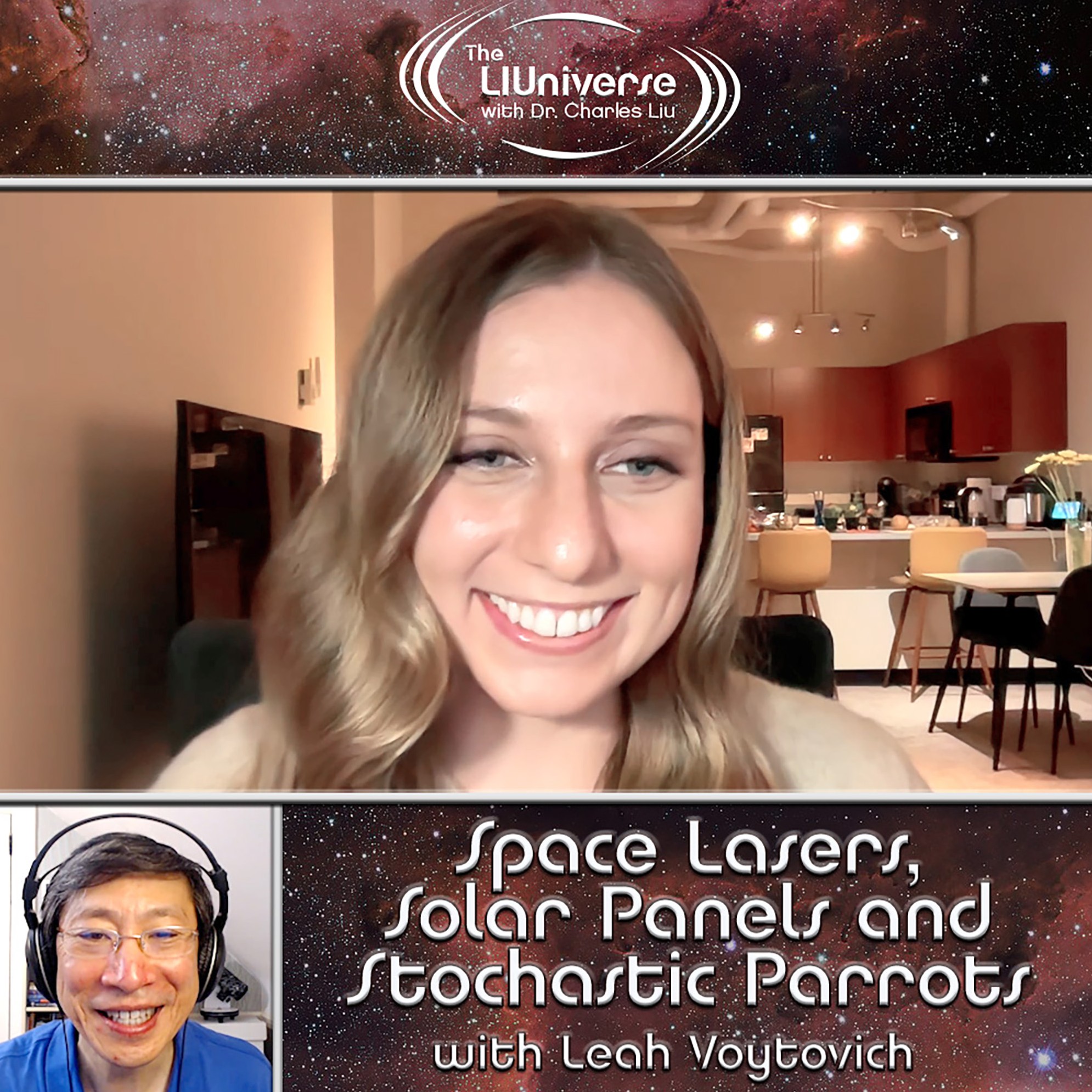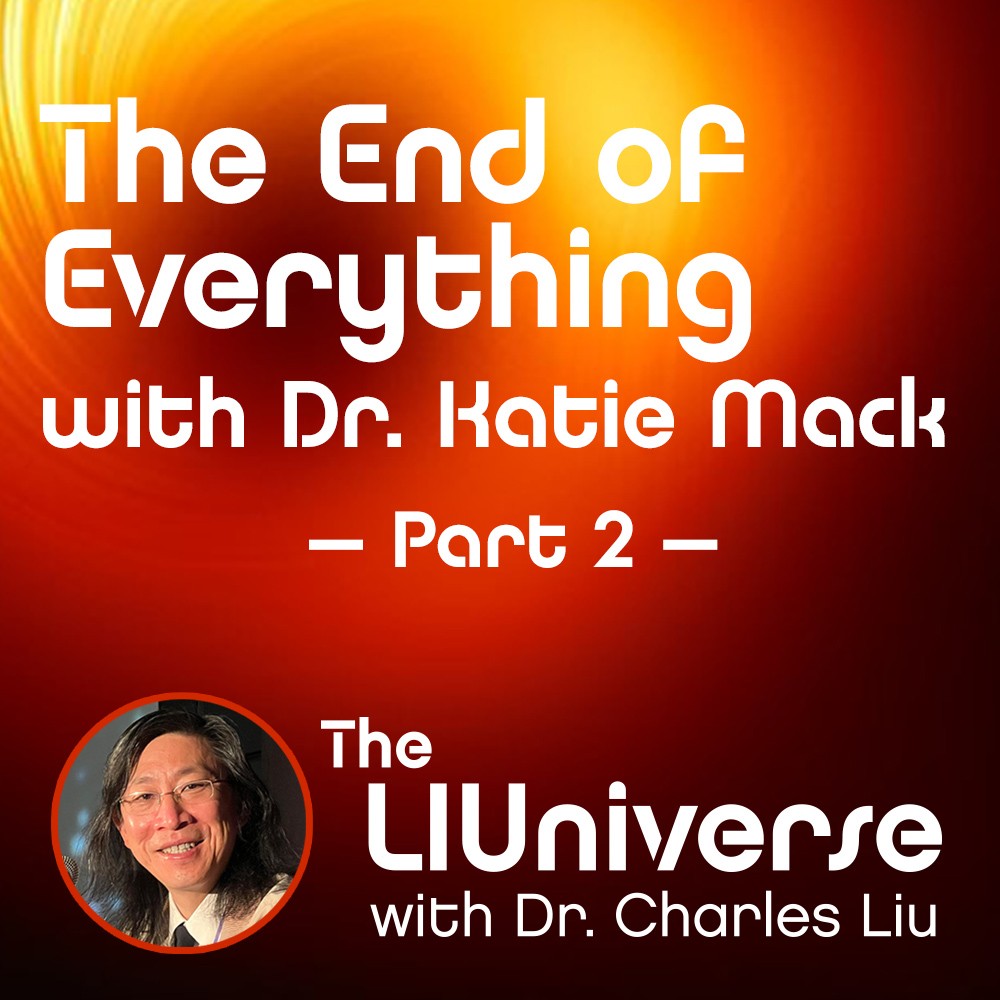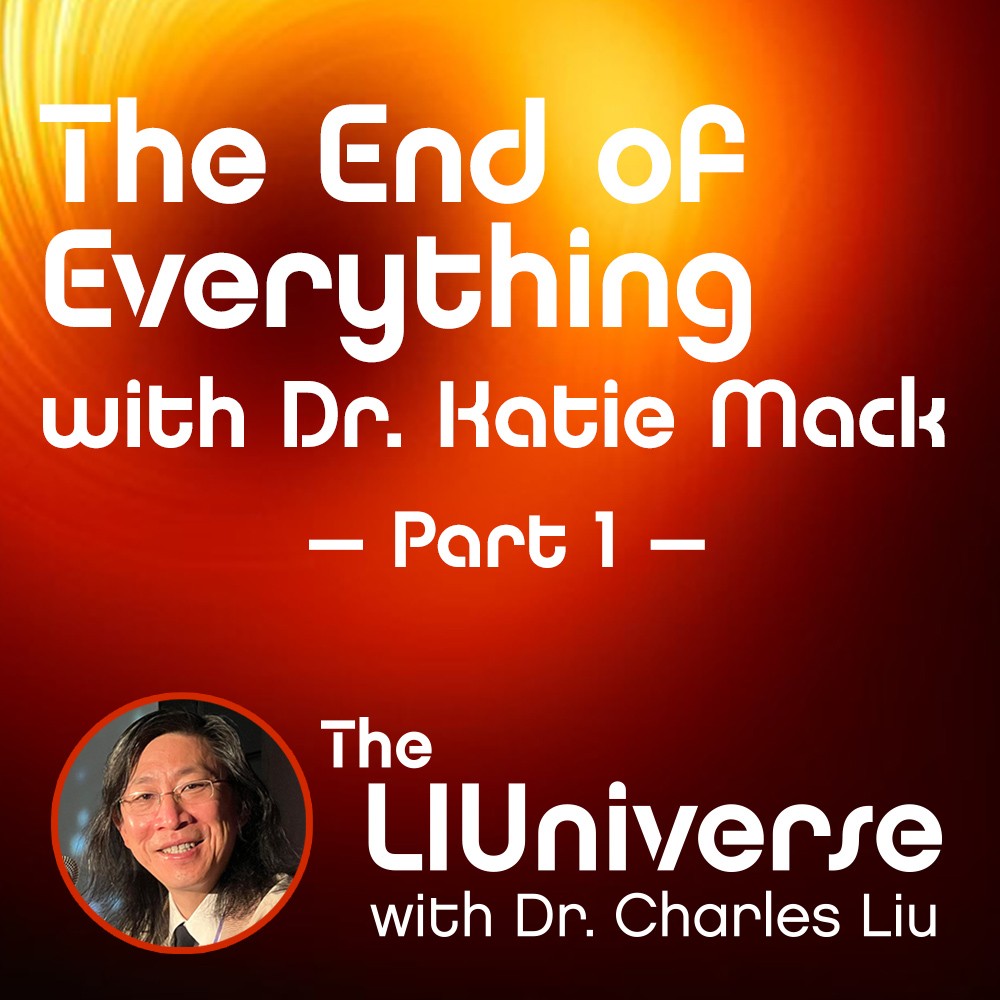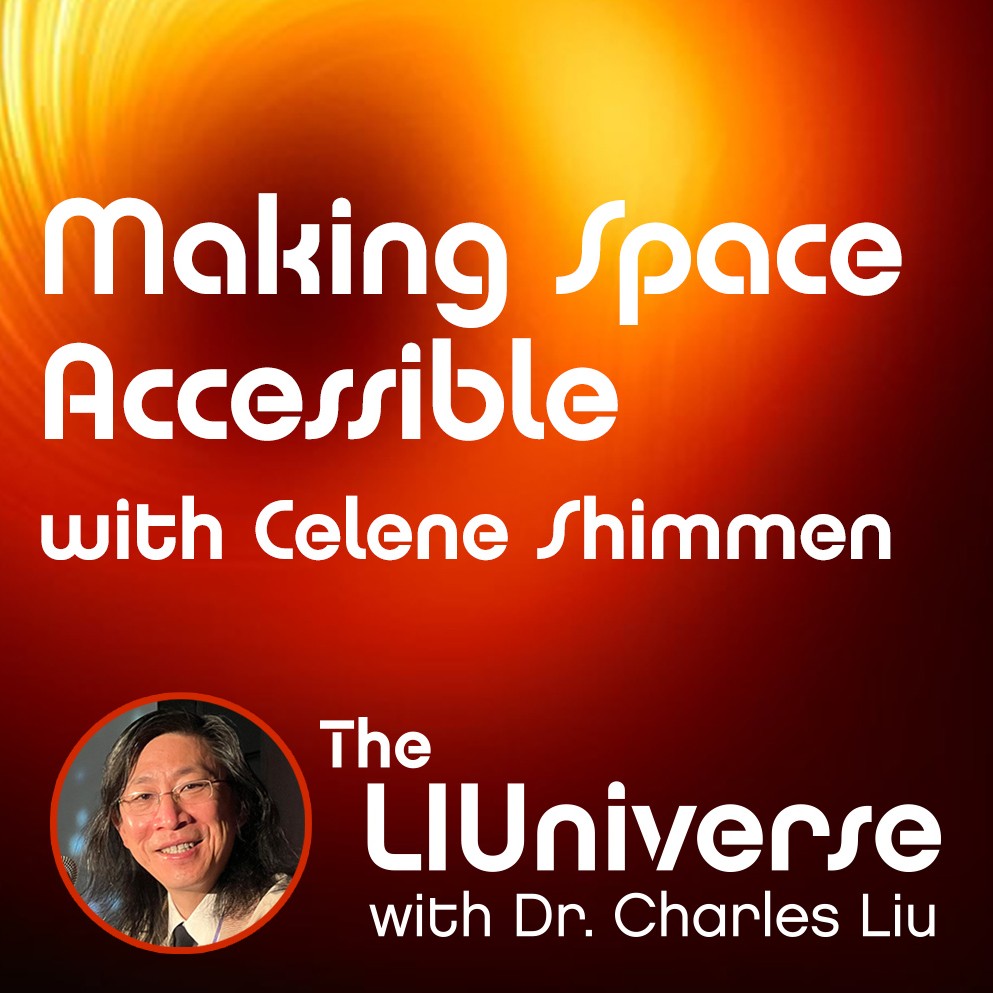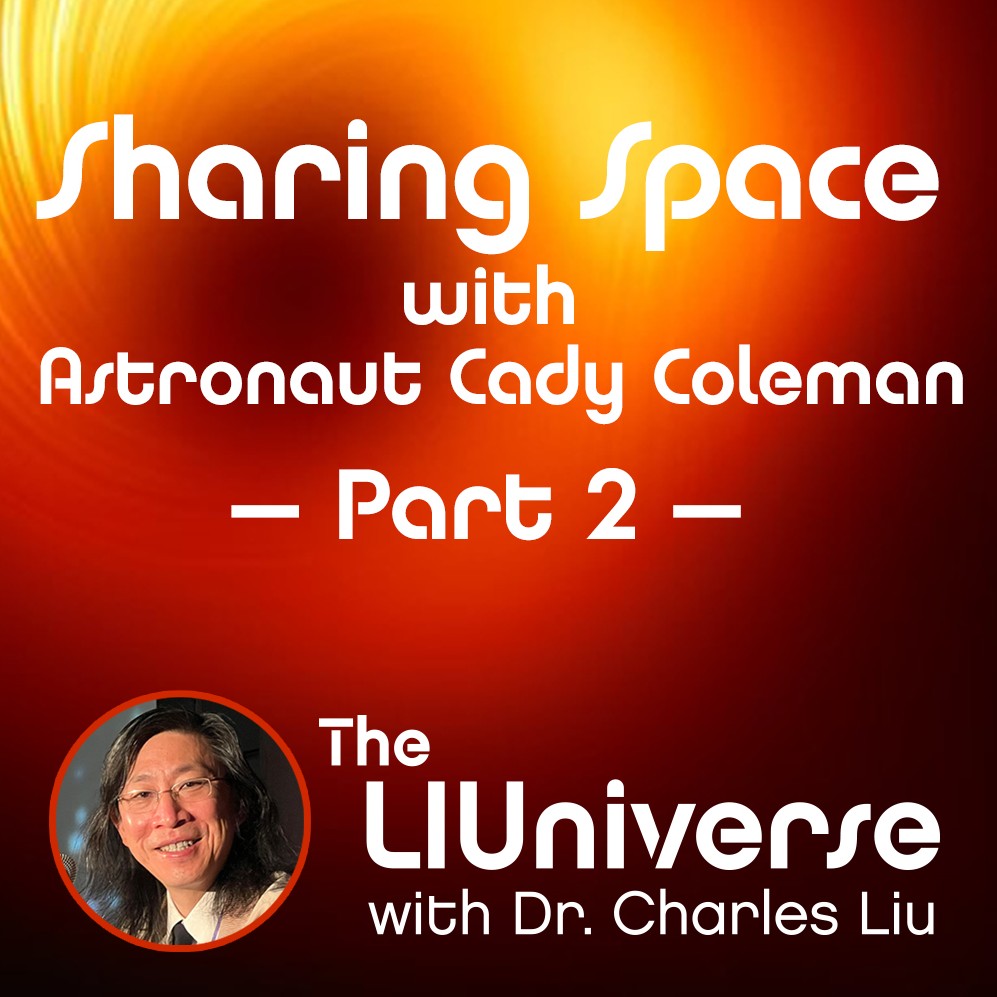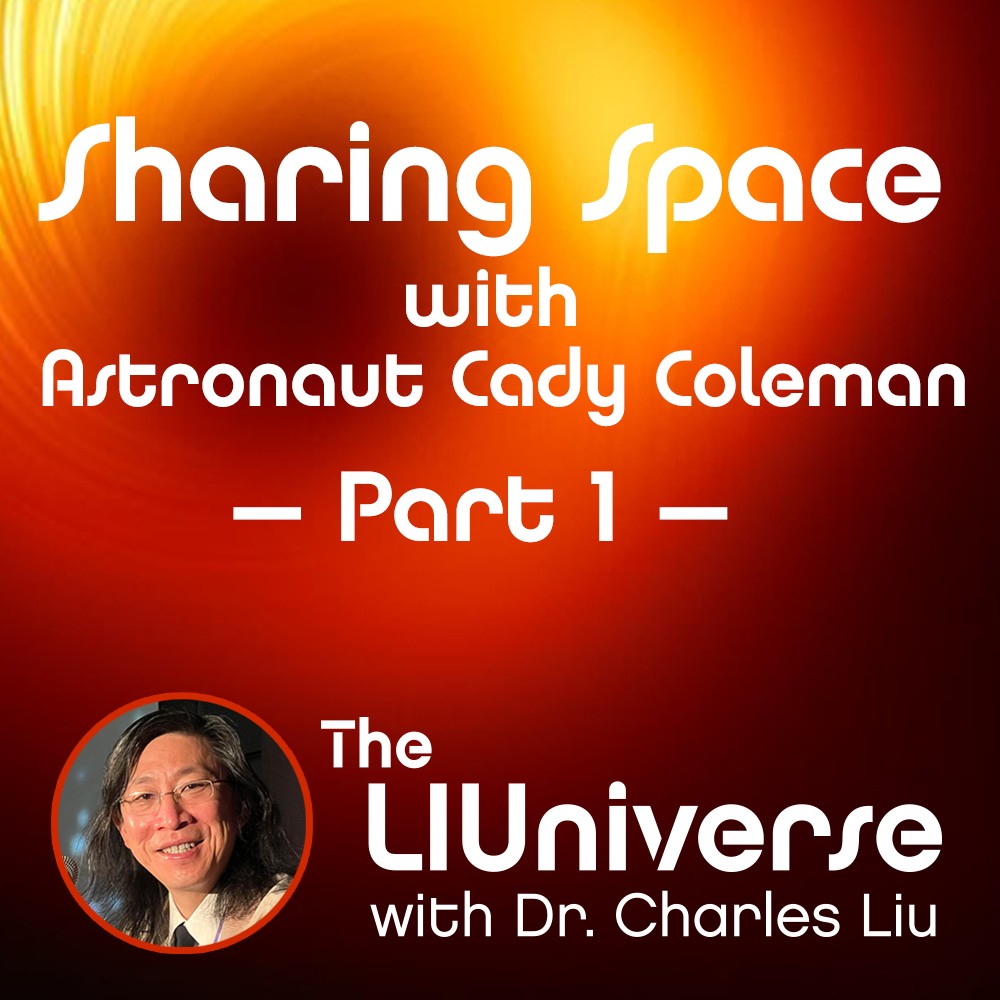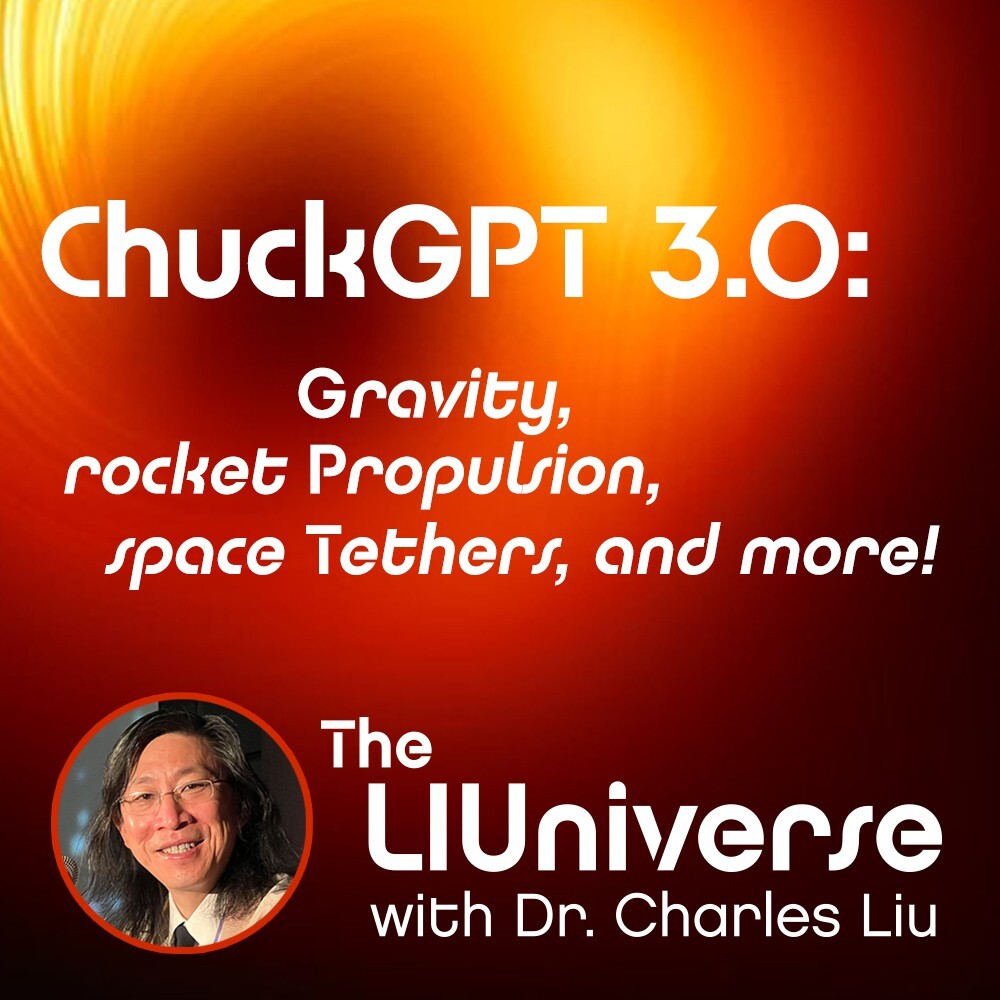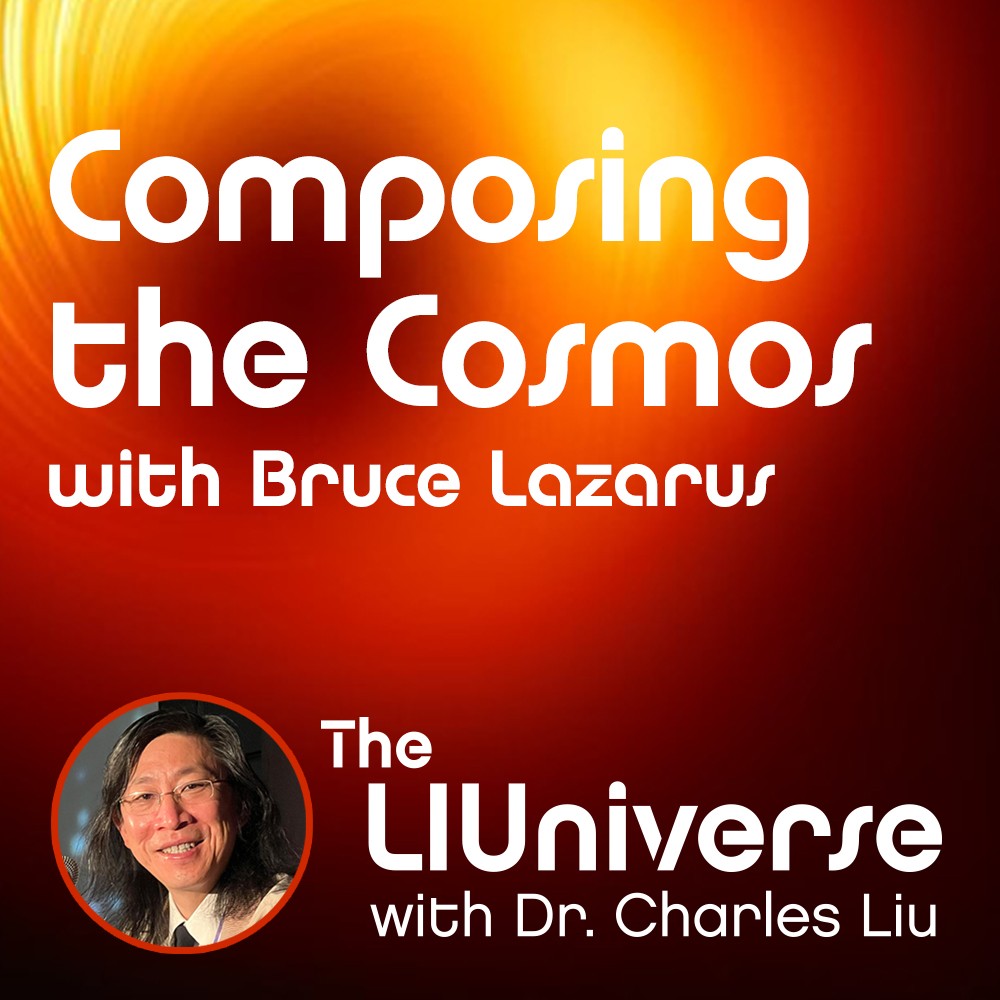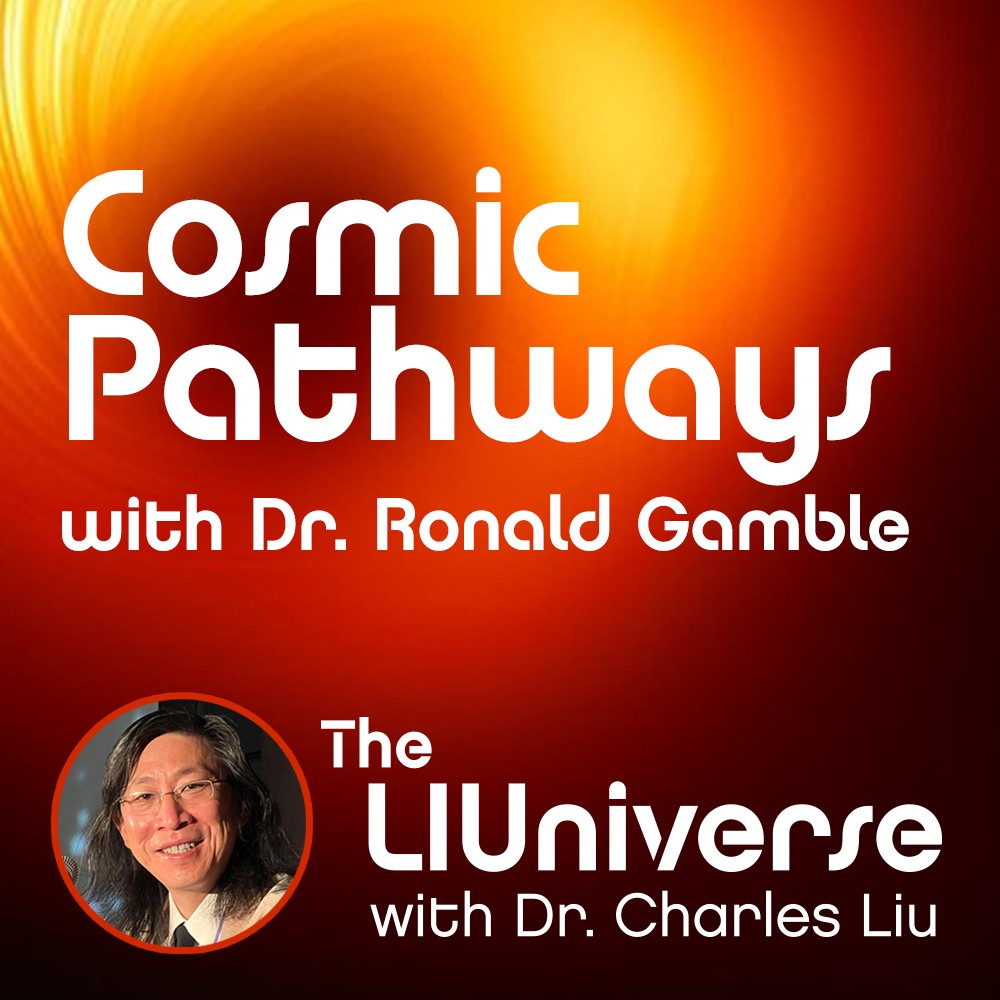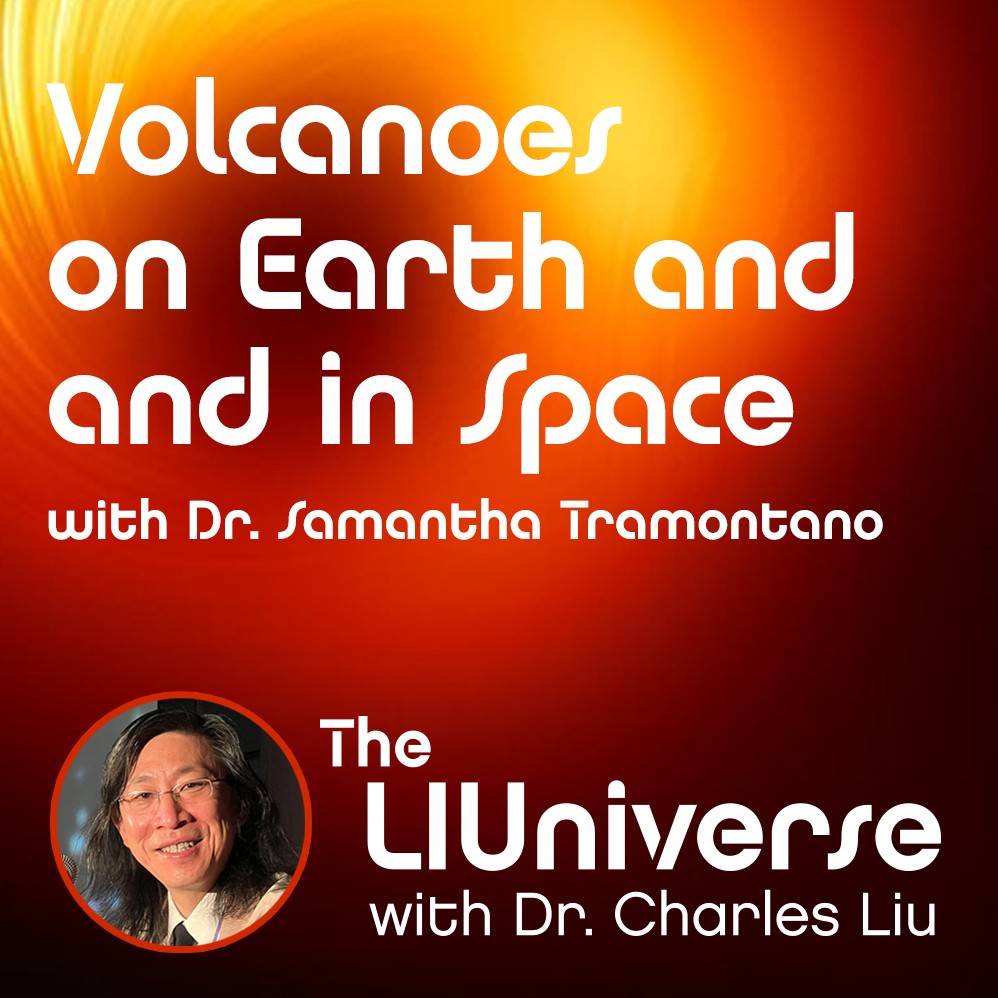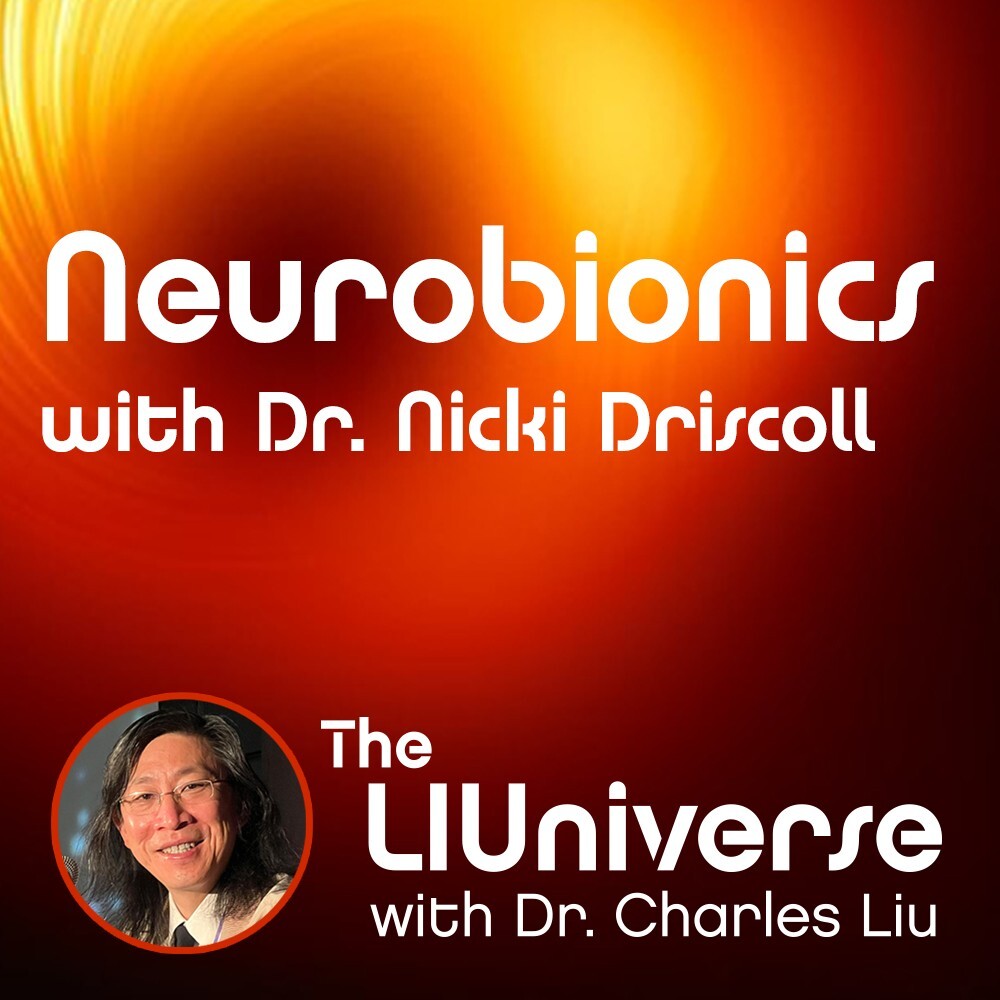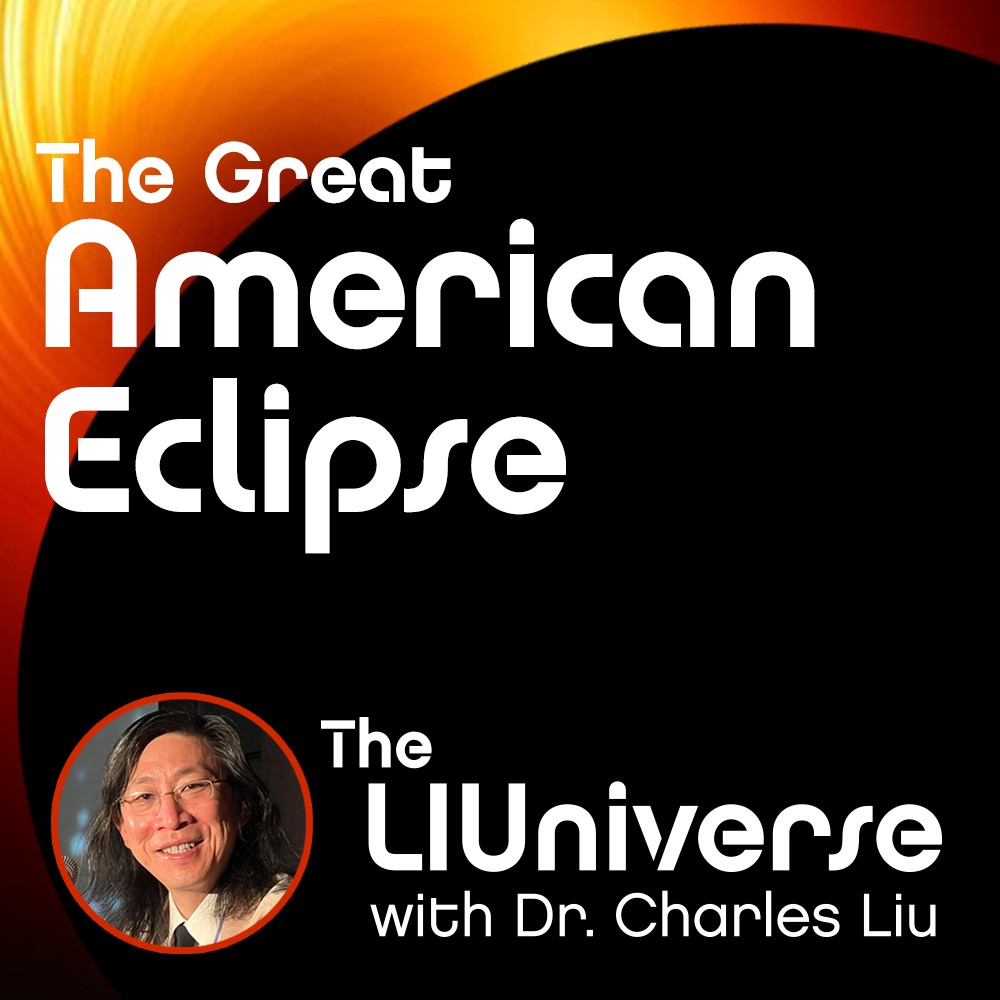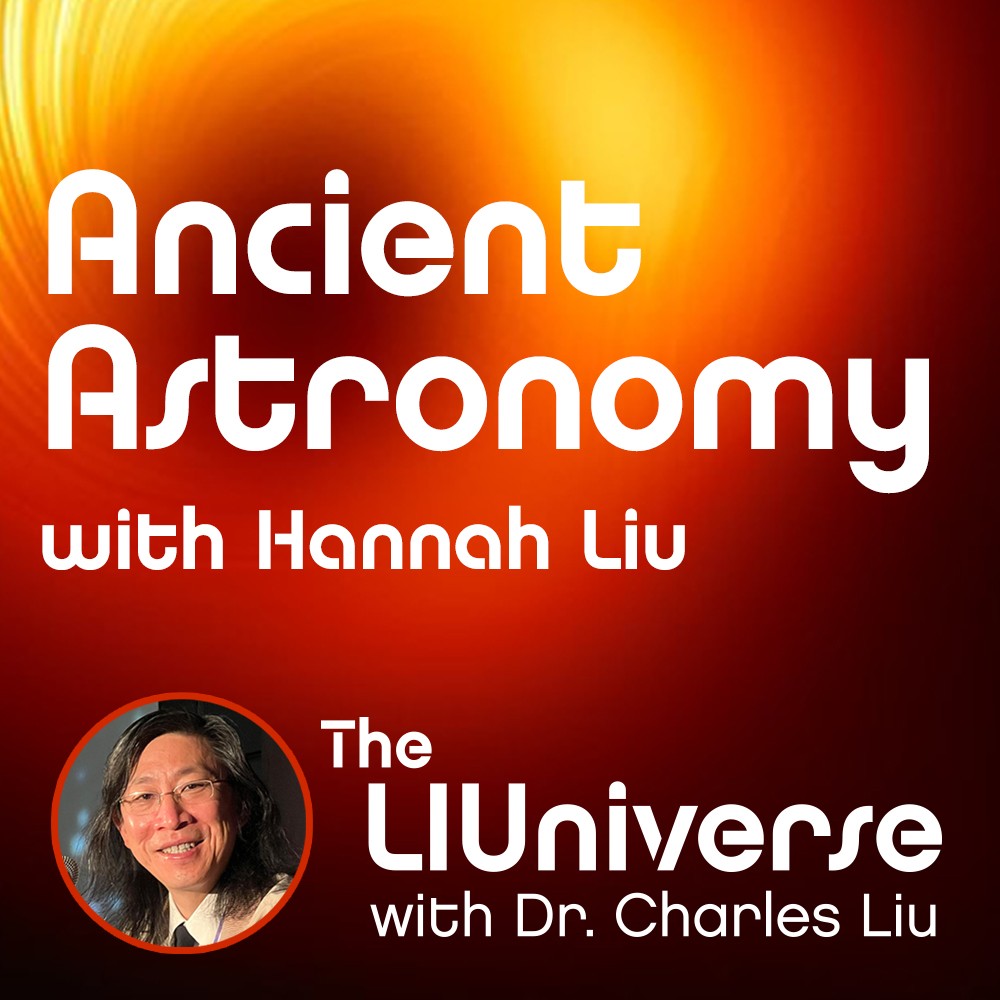Lucy and L'SPACE with Freya Holloway
Description
How can college students who would like to work in the space industry and at NASA get their foot in the door? And what is the purpose of the Lucy mission to the Trojan Asteroids? To get the answers to both of these questions, Dr. Charles Liu and co-host Allen Liu welcome Freya Holloway, a NASA L’SPACE Lab Tech at ASU.
As always, though, we start off with the day’s joyfully cool cosmic thing: the latest, most accurate coloration of Neptune. It turns out, the rich, deep blue Neptune we’ve come to know and love was placed by scientists to increase contrast which are no longer necessary. And Neptune is now a much lighter tone of blue, more in line with the current, turquoise coloration of Uranus.
And with that, we turn to the Lucy mission to investigate the “Trojan Asteroids” which share Jupiter’s orbit around our sun. Lucy recently did a flyby of the asteroid Dinkinesh and its moon Selam, discovering that it actually not one asteroid but three distinct bodies. Freya Holloway is an ambassador for Lucy, and she explains the purpose of the flyby and brings us up to speed on where the mission is at. In December this year, Lucy will be making her second Earth gravity assist flyby to build up momentum to slingshot her towards Jupiter. And in April 2025, Lucy will encounter her second main belt asteroid, Donald Johanson. That asteroid is named for the paleontologist involved in the discovery of the Lucy fossil (the mission’s namesake) in Ethiopia in the 1970s, and who has actually been involved in the current Lucy mission.
Freya explains why the mission is aptly named. Trojan asteroids are fossils, astronomically speaking, and they may be able to teach us something about the birth and evolution of our solar system the same way that Lucy has taught us about early hominids and our own evolution.
You’ll learn all about this unique population of asteroids, which are far less familiar to most people than either the main asteroid belt between Mars and Jupiter or the Kuiper Belt beyond Neptune. One group precedes Jupiter in its orbit around the sun and the other orbits behind, and both groups are relatively pristine and date back to the origins of our solar system.
In this episode, we have a special set of questions for Freya that all come from students who attend Notre Dame Academy on Staten Island. First up, Isabella wants to know who Freya’s favorite scientist is, and also, does she have a favorite song to listen to while studying. Freya tells us about Dr. Eugene Parker, the heliophysicist who predicted the existence of the solar wind and after whom the Parker Solar Probe and the “The Parker Instability” is named. For the second part, Freya listens to David Bowie’s “Let’s Dance” as a pick me up for long study sessions.
For the first time in the history of The LIUniverse, Charles then brings up a second joyfully cool cosmic thing: the recent meteor (a bolide) that broke up over Germany whose pieces have been collected, many by students! It turns out that Freya collects meteorites, although none which she found on her own. Her favorite is the lunar meteorite she keeps on display at home.
The next question from Notre Dame Academy comes from Caitlin Sweeney, who asks Freya, “What’s the coolest thing about labs in college?” Freya describes how, compared to high school, labs in college are her favorite part of college and are much more interactive.
Another Notre Dame Academy students asks, “What was the biggest challenge you overcame and how did you learn from it?” For Freya, that was finding her place in the academic and professional world. She tells the story of how in 2015, she was a single mom with two young children, one of whom was 8 and just diagnosed with leukemia who lost her job she loved in finance at the Columbus Ohio Zoo. She made the decision to show her children that no matter what life throws at us, we can still be who we want to be, and she enrolled in college and embarked on an entirely new direction.
As a student, Freya applied for and went through the NASA L’SPACE Program (Lucy Student Pipeline Accelerator and Competency Enabler), a workforce development program that consists of two academies. In one, the Mission Concept Academy, students work as a team to complete a mission task. In the other academy, students will work as a team to introduce new technology ideas to NASA. NASA chooses a winner each semester and gives them a $10,000 seed fund to develop the idea. After completing the Academies, Freya became an intern on the Lucy mission. She began as a Lucy ambassador, and then came back to serve as an outreach mentor and a student success advisor.
If you’re a student of at least 18 years of age and enrolled in a US college or university and you’d like to learn more about NASA’s L’SPACE Program, visit their website at lspace.asu.edu. You can follow them on Instagram @l_spaceprogram, where Freya helps manage the account, or at NASA L’SPACE Program on LinkedIn and Facebook.
We hope you enjoy this episode of The LIUniverse, and, if you do, please support us on Patreon.
Credits for Images Used in this Episode:
– Neptune calibrated in true color – NASA w/ color by Ardenau4, Public domain
– Neptune in exaggerated color – NASA, Public Domain
– Uranus in true color – NASA w/ color by Ardenau4, Public domain
– The Lucy spacecraft – NASA, public domain
– Dinkinesh and its moon Selam – NASA/Goddard/SwRI/Johns Hopkins APL, public domain
– The Lucy fossil – 120 on Wikimedia commons, CC BY 2.5
– Diagram of the main belt and Trojan asteroids – Mdf at English Wikipedia, Public Domain
– Dr. Eugene Parker in 2018 – NASA, public domain
– Model of the Parker Solar Probe – NASA, public domain
– A bolide in the sky – Thomas Grau, Public Domain
#TheLIUniverse #CharlesLiu #AllenLiu #SciencePodcast #AstronomyPodcast #FreyaHolloway #Lucy #Neptune #Uranus #Dinkinesh #Selam #TrojanAsteroids #Jupiter #EugeneParker #ParkerSolarProbe #ParkertInstability #asteroid #bolide #meteorite #L'SPACE #NASA #NotreDameAcademy #MissionConceptAcademy


